-

+86-577-57156888
-

-

+86-577-57155869
-

11th Floor, Building 6, Headquarters Economic Park, Yueqing, Zhejiang, China
Frequency converter in fan energy-saving control system design
Industry News- Frequency converter plays a vital role in the design of a fan energy-saving control system. Through variable frequency speed regulation technology, the speed of the fan motor can be precisely controlled, to achieve the energy-saving effect.
First, in the actual operation of the fan, it is often necessary to adjust the gas flow, pressure, and other parameters according to changes in production, process, and temperature. Traditional adjustment methods, such as adjusting the windshield or valve opening, actually meet the adjustment needs by artificially increasing resistance. This method not only wastes a lot of electricity but also has poor adjustment accuracy and is difficult to meet the requirements of modern industrial production. The emergence of frequency converter has brought a revolution to fan speed regulation. It can adjust the speed of the motor by changing the power supply frequency according to actual needs, and stoachieve precise air volume and pressure control.
Secondly, the application ofa frequency converter in a fan energy-saving control system can significantly reduce the energy consumption of the fan. Since the fan motor is a linear constant power output, and in the actual operation process, the fan is in a non-full load state most of the time. Through variable frequency speed regulation technology, the load curve of the fan motor can be made closer to the actual load demand, thereby avoiding unnecessary waste of electricity. Experimental data show that after adopting variable frequency speed control, the average power-saving rate of a fan motor can reach more than 30%.
In addition, the frequency converter also has the function of reducing the starting current. Fan motors often generate large starting currents when starting, which will not only cause an impact on the power grid but also may damage the motor itself. The frequency converter can gradually change the power supply frequency to enable the motor to accelerate smoothly during the startup process, thereby reducing the starting current and protecting the safety of the motor and the power grid.
In the design of fa an energy-saving control system, the selection of a frequency converter is also crucial. It is necessary to select the appropriate frequency converter model and parameters according to factors such as the actual load demand, operating environment, and energy-saving goals of the fan. At the same time, it is also necessary to consider the installation location, heat dissipation condition,s and compatibility with other equipment of the frequency converter to ensure the stable operation and energy-saving effect of the system.
In summary, the frequency converter plays an irreplaceable role in the design of a fan energy-saving control system. Through variable frequency speed regulation technology, precise control of fan motors can be achieved, energy consumption can be reduced, production efficiency can be improved, and important contributions can be made to energy conservation, emission reduction, and sustainable development of enterprises.
 English
English 中文简体
中文简体 عربى
عربى
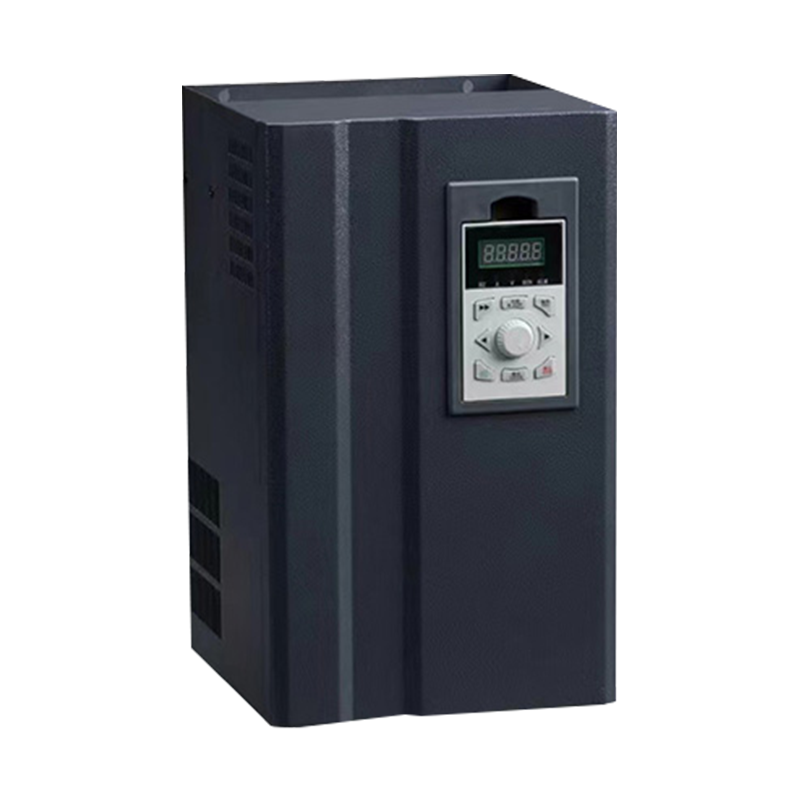
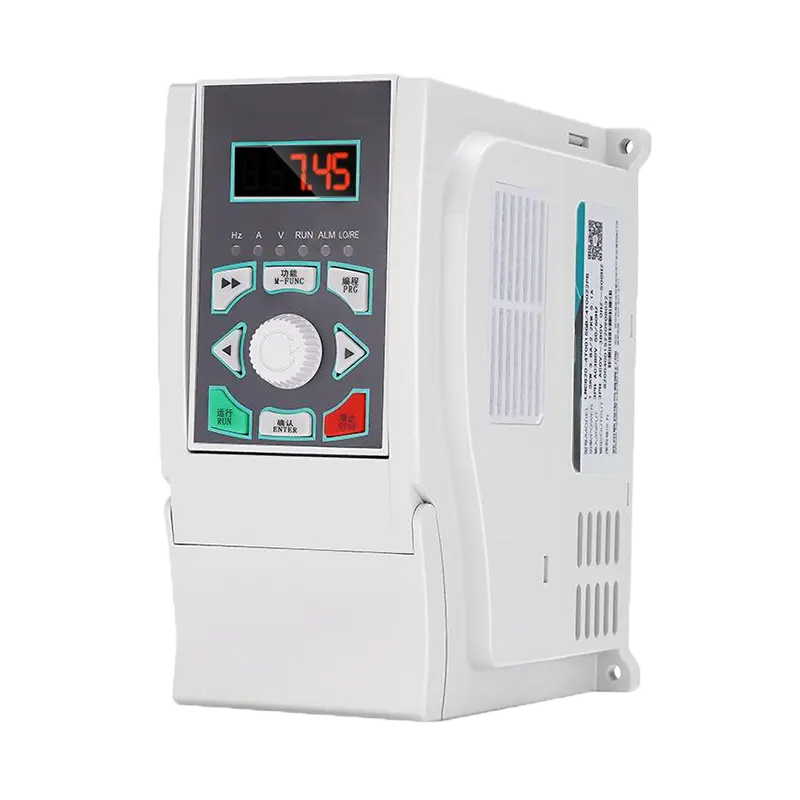
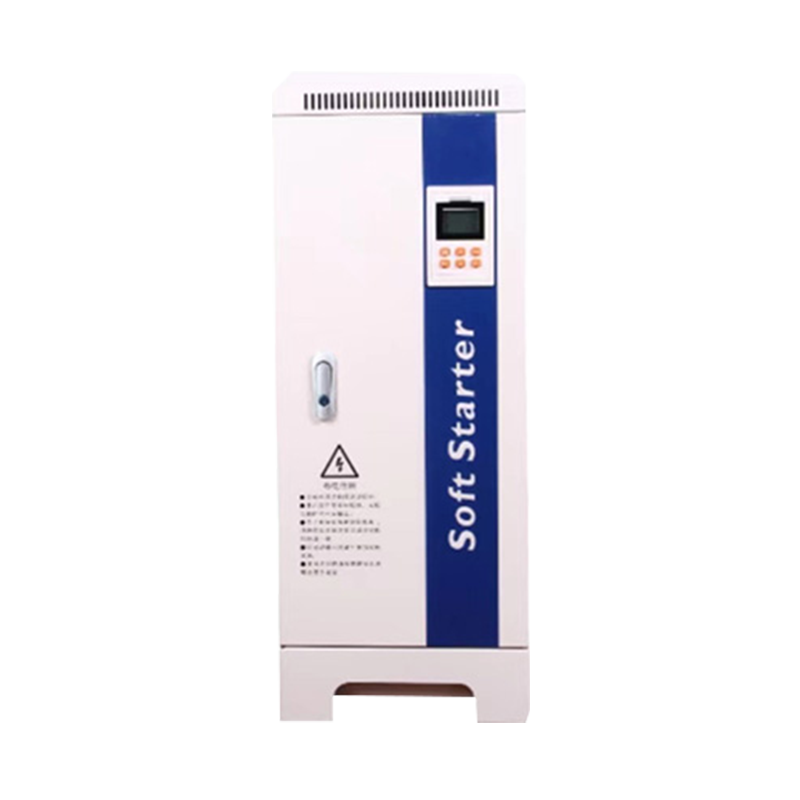
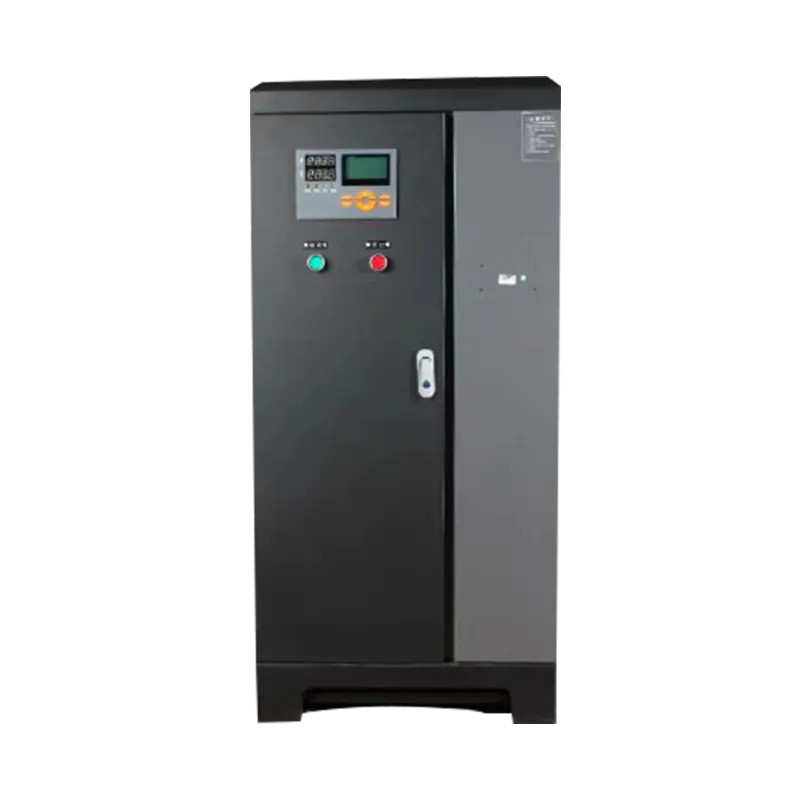

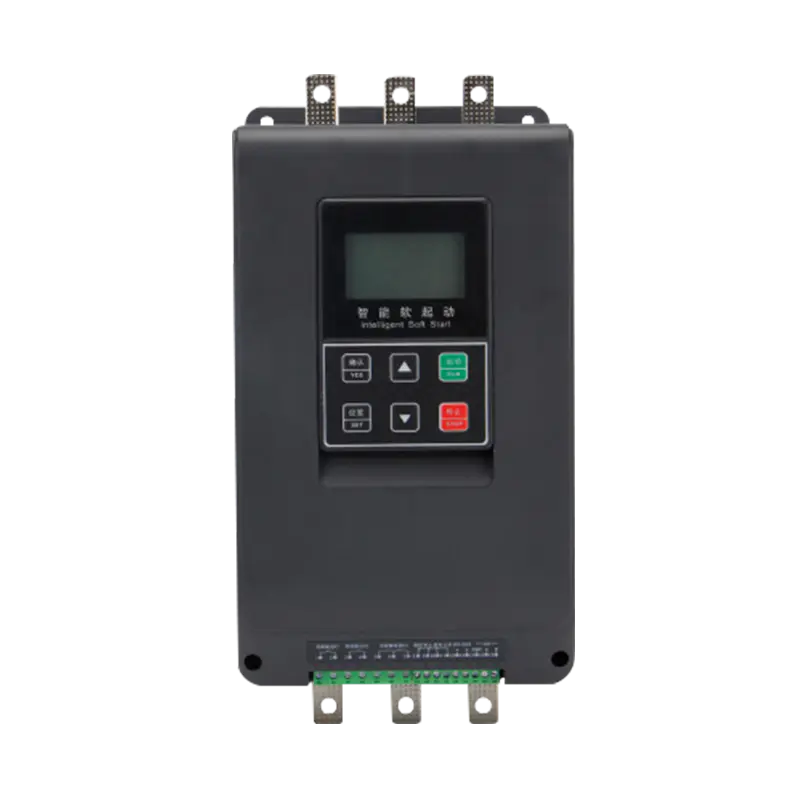

 浙公网安备33038202003754号
浙公网安备33038202003754号